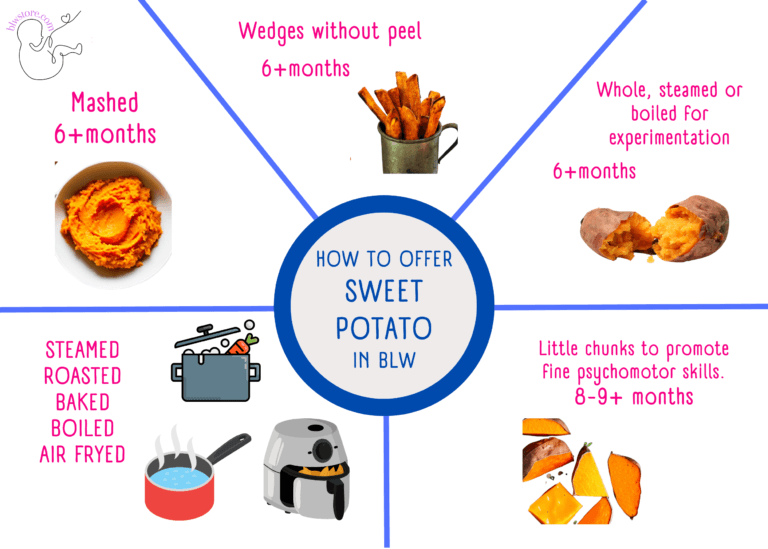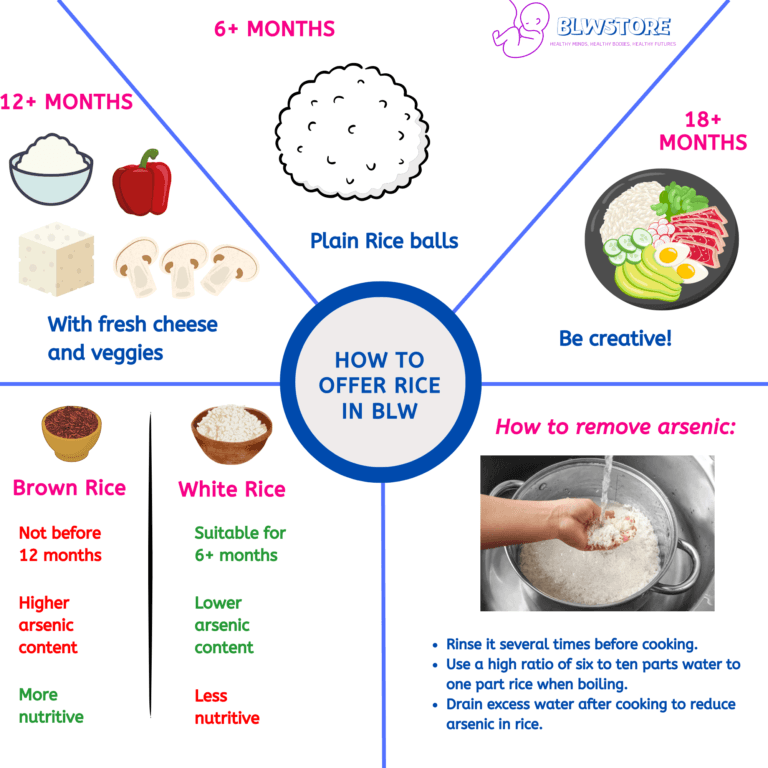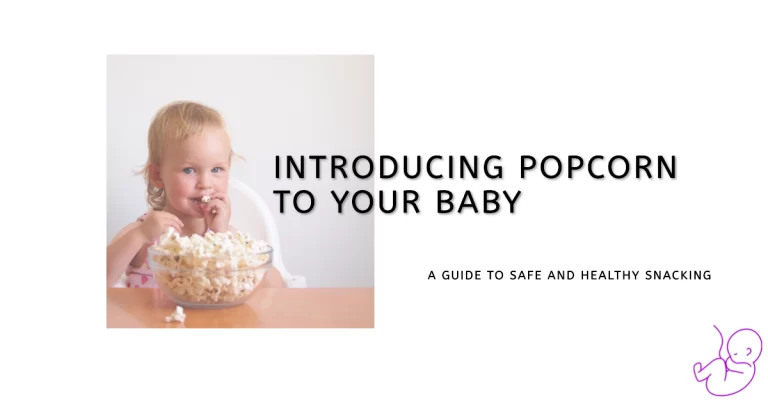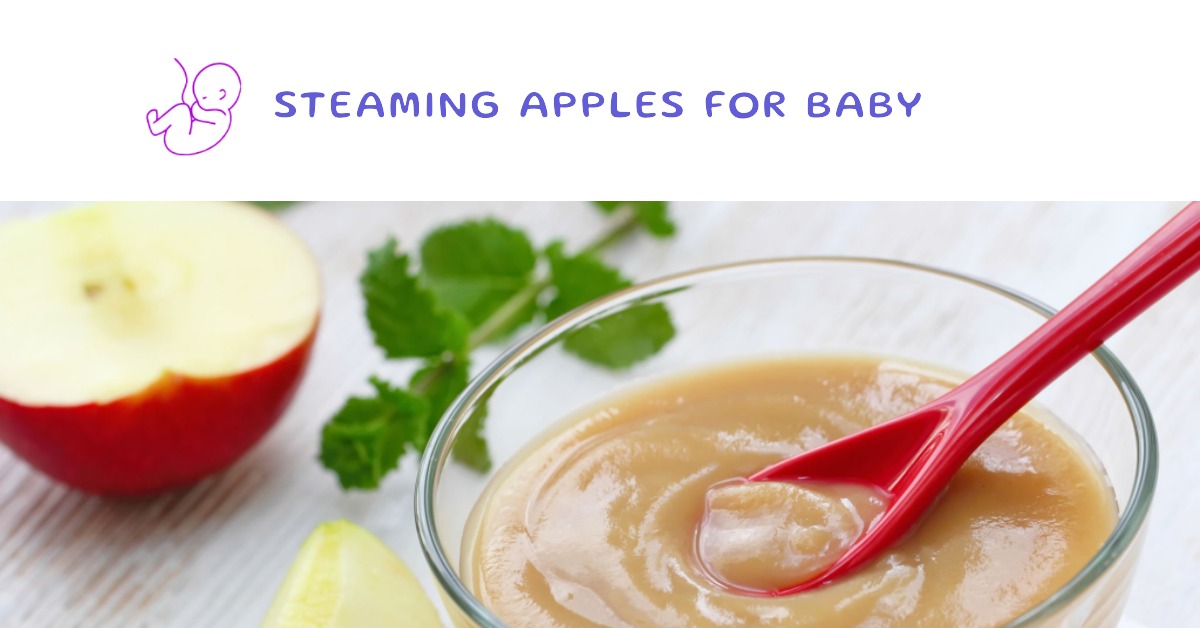
As a parent, introducing solid foods to your baby is an exciting milestone.
A healthy and nutritious diet is essential, and vegetables play a crucial role by offering essential vitamins, minerals, and fiber.
But what’s the best way to prepare these veggies for your baby’s sensitive digestive system?
Two popular methods for cooking vegetables for baby food are steaming and boiling.
In this article, we’ll explore the differences between these two techniques and help you decide which one is best for your little one.
The right cooking method can significantly impact your baby’s meals’ nutrient content, texture, taste, and safety.
So, choosing the appropriate cooking technique for their vegetables is as important as picking the right veggies to introduce to their diet.
With the proper knowledge and understanding of these methods, you can ensure your baby gets the best nutrition possible from their meals.
Our Short Experience and Personal Opinion
When we began introducing solid foods to our son, Pablo, we already had some background in nutrition and were aware that steaming was the preferred method.
Despite this, we were concerned that boiling might be a better option for initially introducing solids since it tends to make vegetables softer.
However, we decided not to try boiling and began steaming all of Pablo’s veggies right from the start.
Initially, we used a microwave, and later on, we switched to a baby food steamer.
Fortunately, we encountered no issues, and now, Pablo absolutely loves his vegetables.
We like to believe that consistently steaming his veggies from the beginning has played a role in his love for them.
Key Takeaways
| Aspect | Steaming | Boiling |
|---|---|---|
| Nutrient Retention | Excellent | Moderate |
| Texture | Firmer | Softer |
| Taste | Stronger & Natural | Blander |
| Color | Vibrant | Less Vibrant |
| Convenience | Steamer or Similar Required | No Special Equipment |
Steaming is generally better for nutrient retention, as it prevents water-soluble vitamins and minerals from leaching out and preserves heat-sensitive nutrients like vitamin C.
Steaming vegetables typically results in a firmer texture and stronger flavor, which can help introduce your baby to the natural taste of vegetables and encourage chewing skills.
Boiling vegetables can create a softer, mushier texture suitable for younger babies just starting on solid foods, but may lead to a loss of natural flavors and nutrients.
Consider your baby’s age, preferences, nutritional needs, and convenience when choosing a cooking method for vegetables.
Properly store and serve cooked vegetables by cooling them to room temperature, storing them in airtight containers, and reheating them thoroughly.
The most important and impactful aspect is providing your baby with vegetables, which constitutes 90% of the job. Whether you choose steaming or boiling, you are already doing a great job for your baby’s health and development.
Comparing steaming vs boiling: Nutrient retention
Nutrient retention is key when cooking veggies for babies, and steaming is the better option.
Boiling can result in significant nutrient loss due to water-soluble vitamins and minerals leaching.
Nutrient retention is a top priority when cooking vegetables for your baby, as cooking can sometimes cause a loss of vitamins and minerals.
Steaming and boiling both use water and heat, but they impact nutrient retention differently.
Steaming is typically the better option for preserving nutrients in vegetables.
Since the veggies don’t come into direct contact with the water, there’s less chance for water-soluble vitamins and minerals to leach out. Plus, the gentler heat used in steaming helps prevent the breakdown of heat-sensitive nutrients like vitamin C.
On the other hand, boiling can result in more significant nutrient loss.
Water-soluble vitamins and minerals can leach out when vegetables are submerged in boiling water, reducing their overall nutritional value. This effect is even worse if the veggies are cooked for too long or at too high a temperature.
Comparing steaming vs boiling: Texture and taste
Texture and taste are crucial when preparing veggies for babies.
Steaming results in firmer texture and stronger flavor, while boiling creates a softer, mushier texture.
Texture and taste are crucial factors when preparing vegetables for your baby’s food.
Introducing a variety of flavors and textures can promote healthy eating habits and prevent picky eating as they grow. The cooking method you choose significantly impacts the final result.
Steaming usually results in vegetables with a more vibrant color, firmer texture, and stronger flavor.
This method is beneficial for introducing your baby to the natural taste of vegetables, promoting a love for healthy foods. The firmer texture also helps encourage chewing skills and oral motor coordination.
On the other hand, boiling creates a softer, mushier texture, which might be more suitable for younger babies just starting on solid foods.
However, direct contact with water can cause the vegetables to lose some natural flavors, resulting in a blander taste. This is not ideal for nurturing your baby’s appreciation for the natural flavors of vegetables.
Tips for choosing the best method for your baby
Consider your baby’s age, preferences, and nutritional needs when choosing a cooking method for veggies.
While steaming is ideal for older babies, boiling may be suitable for younger ones and harder vegetables. Convenience is also a factor to evaluate.
Consider your baby’s age and stage of development. Younger babies just starting solid foods may benefit from the softer texture of boiled vegetables. However, steaming is ideal for older babies and toddlers who can handle firmer textures. *We still recommend steaming but you should observe your baby and adapt
Observe your baby’s preferences for taste and texture. Some babies may favor one cooking method over the other, so watch their reactions and adjust accordingly.
Keep the nutritional value in mind. Steaming is the better option for preserving nutrients, but boiling can be suitable, especially for harder vegetables that need more cooking to become tender, such as beets, potatoes, or carrots.
Evaluate the convenience of each method. Boiling might be more practical for those short on equipment, but if you have a good baby food steamer or steamer basket, steaming is a quick and easy way to prepare veggies while retaining nutrients and flavor.
How to properly store and serve steamed and boiled vegetables
To ensure safety and maintain texture and flavor, cool cooked veggies to room temperature, store them in airtight containers, and reheat them thoroughly.
Always check the temperature before serving to your baby.
Cooling: After steaming or boiling the vegetables, let them cool to room temperature. This prevents the growth of harmful bacteria and ensures the veggies maintain their texture and flavor when stored.
Storing: Place the cooled vegetables in an airtight container to keep them fresh. Store them in the refrigerator for up to 3 days. Consider freezing individual portions in freezer-safe containers or bags to keep them longer. This will make defrosting and serving easier.
Reheating: When it’s time to serve the vegetables to your baby, reheat them thoroughly until they reach a safe internal temperature. Warm them up with a microwave, stovetop, or steamer (the best option for reheating food). If using a microwave, stir the veggies occasionally to ensure even heating.
Temperature check: Before feeding the vegetables to your baby, test their temperature by touching a small piece with your finger or using a food thermometer. Ensure they are warm but not too hot, as a baby’s mouth is more sensitive to heat than an adult’s.
Conclusion
The debate between steaming and boiling vegetables for baby food hinges on nutrient retention, texture, taste, and convenience.
While steaming is superior for preserving essential vitamins and minerals, boiling may be suitable for younger babies just starting on solid foods or harder vegetables.
The key is to observe your baby’s preferences and adapt accordingly.
Having said all this, the most important and impactful thing is that you are giving your baby vegetables, which is already 90% of the job well done.
So, whether you choose steaming or boiling, be sure that you are already doing a great job!
We’re Maria and Alberto, a married couple and educators who are nutrition enthusiasts. Even before we had kids, we were already crazy about nutrition.
We’d read scientific articles, watch videos from nutritionists, and spend hours listening to nutrition podcasts.
Today, we continue doing this, but in a different way, as we’ve learned to sift through the noise and trends. Nutrition, like any other field of knowledge, the more you read and learn, the more you develop a comprehensive understanding of reality, and that’s what has happened to us.
Before having our first child, we focused on learning everything we could about child nutrition, using the same techniques we had already employed, backed by our extensive knowledge in nutrition.
Our mission is to help other parents with their children’s nutrition, to help them become the best versions of themselves.
If we are what we eat and drink, which is absolutely true, let’s do it right!







